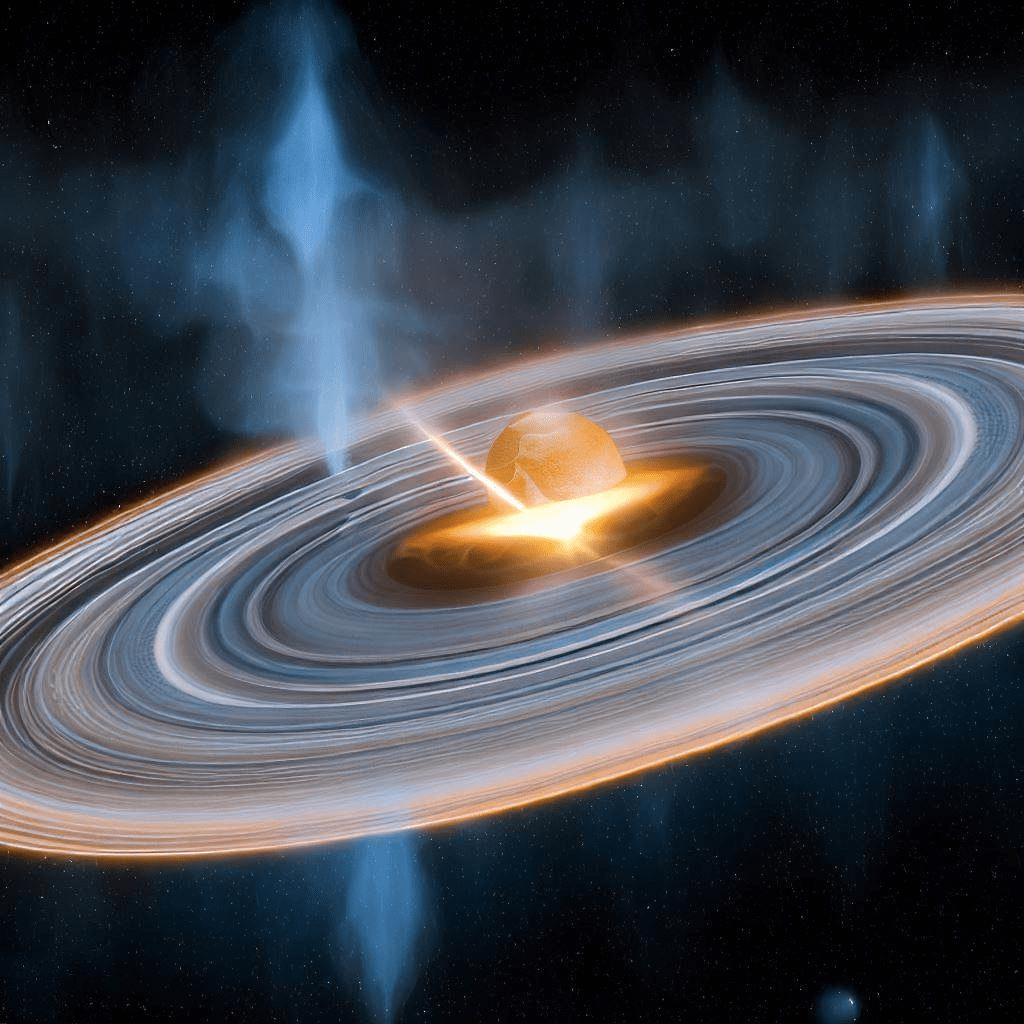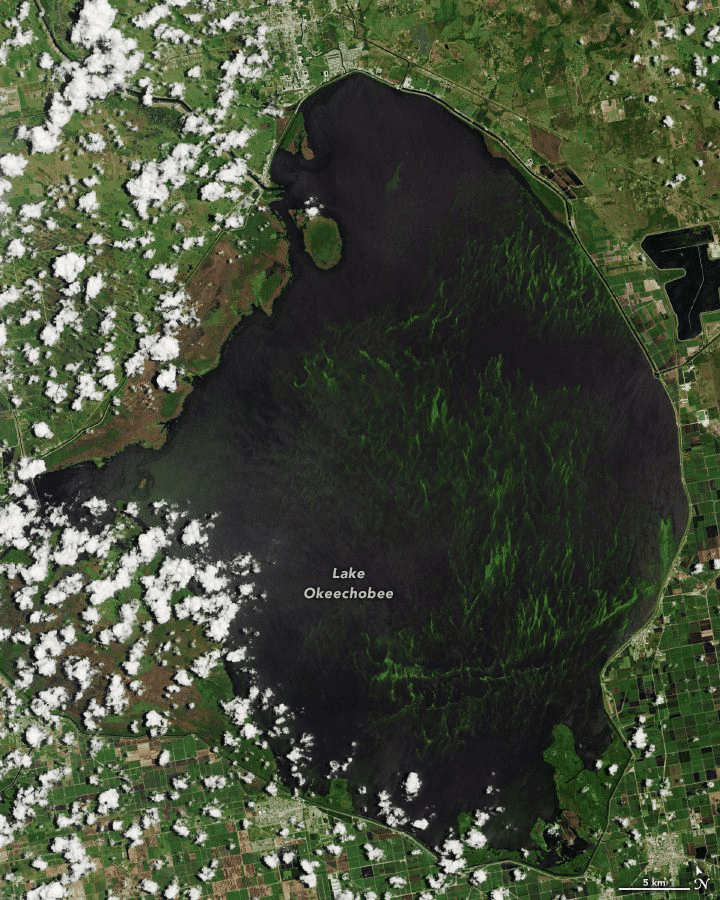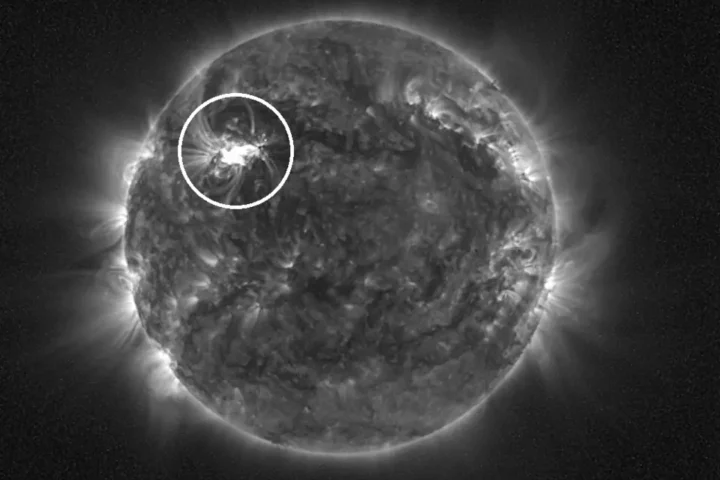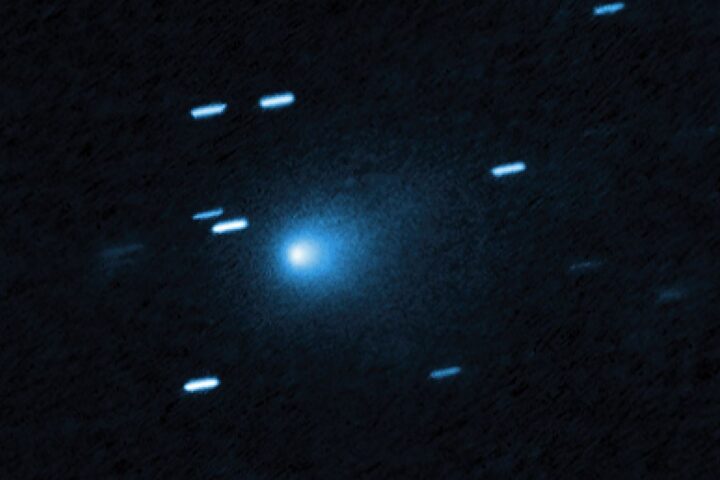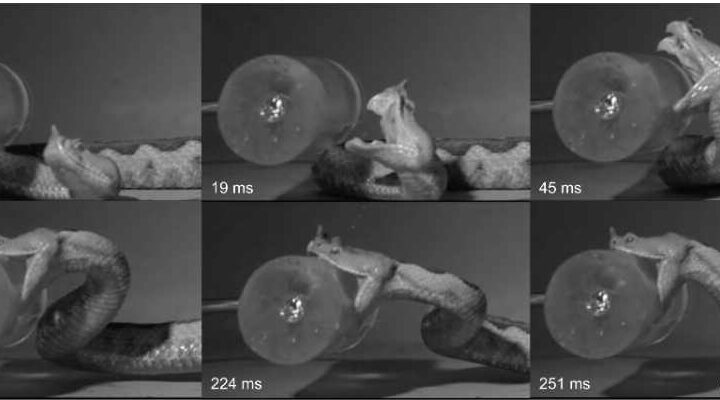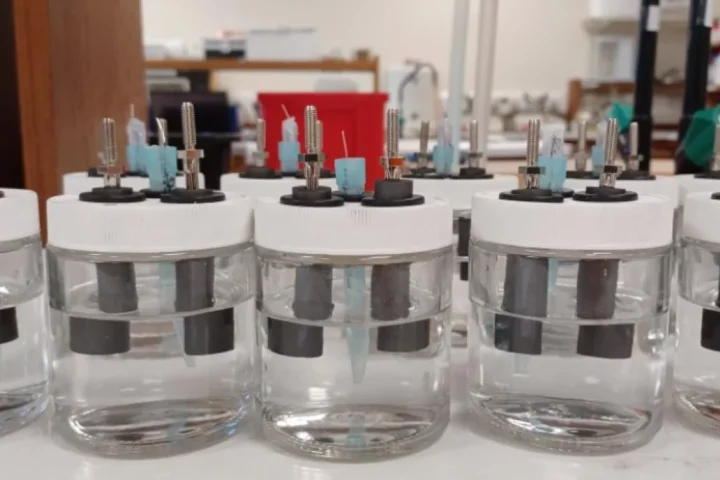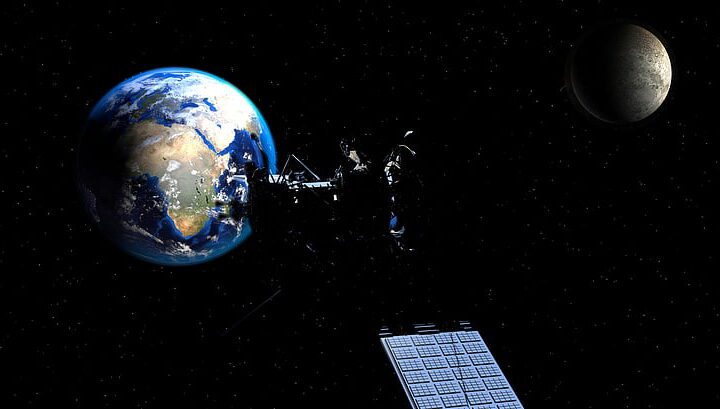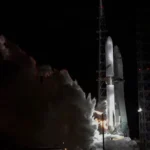The James Webb Space Telescope has detected water vapor in the inner disk of the PDS 70 system, an area less than 160 million kilometers from the system’s star, revealing significant insights into the potential formation of rocky, terrestrial planets. This finding marks the first time water has been identified in the terrestrial region of a disc that already hosts two or more protoplanets. Situated about 370 light-years away, the PDS 70 system is composed of an inner and outer disk of gas and dust, separated by an 8 billion-kilometer gap.
Nested within this vast gap are two known gas-giant planets, offering unique insights into the process of planetary formation. This discovery is unique as water has been detected so close to the system’s star and in a region where planet assembly is currently occurring. Notably, PDS 70 is a K-type star, cooler than our Sun, and with an estimated age of 5.4 million years, it is considered relatively mature for a star hosting planet-forming disks. Over time, the dust and gas content of these disks usually diminish due to the central star’s radiation and winds or because dust particles grow into larger objects that become planets.
The presence of water vapor in such a relatively aged system defies the traditional theory that older, planet-forming disks would be devoid of such material. This detection of water vapor in the older PDS 70 system implies that the formation of rocky planets could occur in a wet environment, contrary to previous beliefs about older disks. While no rocky planets have been observed forming within PDS 70’s inner disk yet, the presence of silicates suggests that the necessary ingredients for their formation are available.
The water vapor detection indicates that any rocky planets forming in this region would have access to water from their inception, a key factor for the potential existence of life. This water detection could serve as crucial evidence in understanding how water arrived on Earth and if similar processes could seed water on rocky exoplanets in distant star systems. Two potential origins of the detected water vapor are under consideration by the scientific community.
The first theory suggests in situ formation of water molecules from the combination of hydrogen and oxygen atoms. Alternatively, ice-coated dust particles may have migrated from the outer disk to the warmer inner disk, causing the ice to turn into vapor. Regardless of the source, the existence of water vapor in the inner disk poses a tantalizing question about its survival amidst the star’s strong ultraviolet radiation. It’s proposed that other materials like dust serve as a protective shield, preserving the water molecules from being destroyed by the star’s radiation.
This groundbreaking discovery deepens our understanding of the survival and persistence of water in unlikely environments, a significant step towards understanding the potential for life elsewhere in the Universe. This discovery underscores the remarkable capabilities of the James Webb Space Telescope and its significant contributions to our understanding of planetary formation and the Universe. The water vapor detection was made possible by Webb’s Mid-Infrared Instrument (MIRI), a testament to the collaborative efforts of NASA, the European Space Agency (ESA), and the Canadian Space Agency (CSA).
Webb’s MIRI and other instruments will continue to study the PDS 70 system, aiming to enhance our understanding of these phenomena. The data captured by Webb’s MIRI forms part of the MIRI Mid-Infrared Disk Survey (MINDS) program, illuminating the potential for discovering other intriguing phenomena. Lead author of the study, Giulia Perotti from the Max Planck Institute for Astronomy (MPIA), highlighted the unprecedented nature of this measurement.
Study co-author Thomas Henning, director of MPIA, emphasized the exhilarating potential of this discovery as it probes into the region where Earth-like planets typically form. Rens Waters, a study co-author from Radboud University, described the inner disk of PDS 70 as an “exciting place” due to the high amount of small dust grains and detected water vapor. This finding is more than a scientific achievement; it opens new horizons in our quest for extraterrestrial life and our understanding of how planets form. Published in the journal Nature, this discovery adds a critical piece to our comprehension of how water, and potentially life, may be distributed in the cosmos, inspiring more exploration and study in the field.
